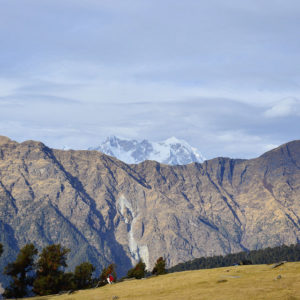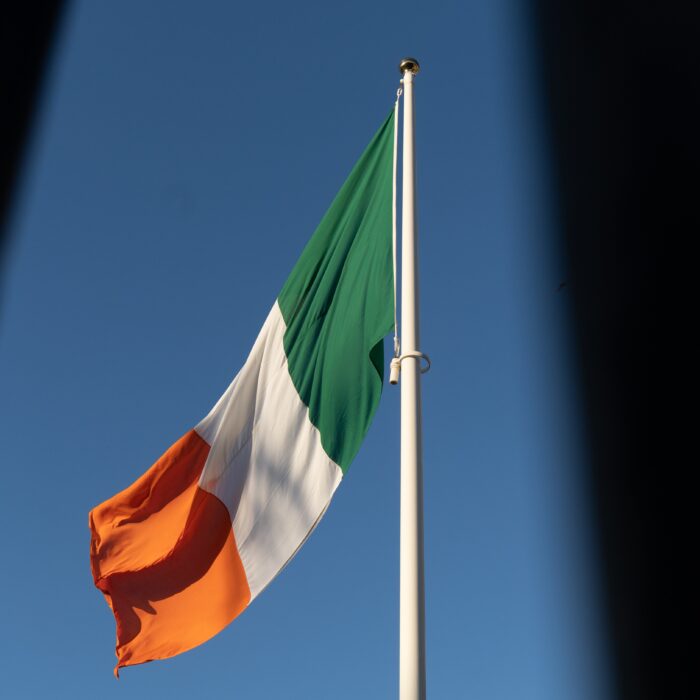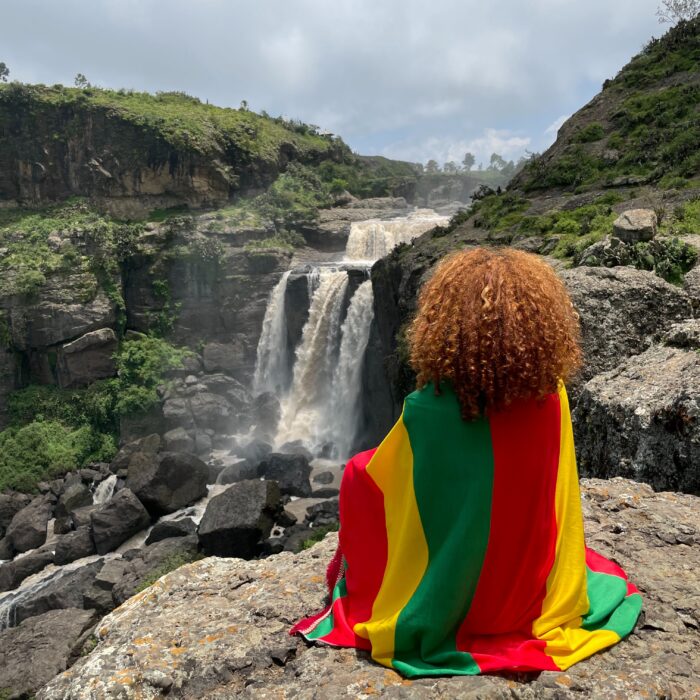You have no items in your cart. Want to get some nice things?
Go shopping
I sit on the balcony of the Grand View Hotel in Dalhousie and stare down at one of the most beautiful vistas in the world. Unfortunately, I cannot see a thing. It was raining when I arrived and the hotel is still covered in mist. There is a knock on the door.
She was in her late 70s then so she must be long dead now. In Ghandi Chowk, I wander around the grounds of St. Francis Church to see if I can find her grave. St. Francis is one of two Anglican churches in Dalhousie and dates from 1875 but is now thoroughly Indianised. The illustrated bible open for everyone to read is not in English but in Hindi. Next to the bible-stand, however, is a notice in English, exhorting people to “write down your prayer and offer it here.” One request asks for “happiness, prosperity, success and wealth for everyone. Thank you in advance.” I add one of my own pleading for the rain to go away.
In the evening, I meet a couple of computer programmers from Gujarat, the only other people in the small hotel bar. Like many middle-class Indians I talk to on this trip, they seem uninterested in Britain. What they want to know is what I think of the New India. Over a couple of glasses of 100 Pipers, a whisky made in Scotland but bottled in India, I string together a few adjectives (“ambitious, materialistic, noisy, exciting”) which seem to please them, and then head for the Tombola & Music Night not knowing what to expect.
There are 50 people here already, children, adults, grandparents, all sitting appreciatively in rows of chairs and listening to a DJ spinning tracks straight out of a Mumbai club. In front of him, is a white-haired woman with ponytail, glasses and a megaphone who is clearly in charge. “Now who’s going to volunteer for the next dance?” she cajoles in perfect English even though everybody apart from me is Indian. Onto the floor marches a precocious eight year old who then performs an acrobatic series of moves that owe something to Bollywood but more to Michael Jackson. “Give him a great cheer”, demands the woman on the megaphone, “he didn’t falter once”. The youngster gives a shy grin and we all clap while his mother dressed in a spectacular red and white sari stands up and cheers for several minutes. “Anyone else got the courage of this young fellow to come up and have a go?” I make my excuses and leave.
Back on the balcony of my room, the mist has cleared and the mountains, hills and valleys have finally revealed themselves. Or at least they would have, if it wasn’t now completely dark. Instead, I pick out a series of lights across the landscape, some a few thousand feet below, others miles in the distance. With a glass of Indian whiskey in my hand I watch for hours before drifting off to sleep. The grand view can wait until tomorrow.





